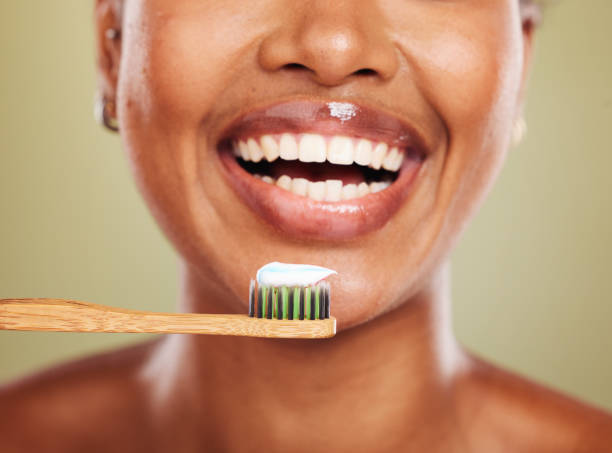by Mrtrtx | Apr 28, 2024 | Uncategorised
As a parent, ensuring your child’s dental health is a crucial part of their overall well-being. Starting good oral hygiene habits early can set the foundation for a lifetime of healthy smiles. Here are five essential pediatric dentistry tips to...
by Mrtrtx | Mar 27, 2024 | Uncategorised
In recent years, dental implant technology has undergone remarkable advancements, revolutionizing the field of restorative dentistry. These innovations have not only improved the efficacy and longevity of dental implants but have also enhanced patient comfort...
by Mrtrtx | Feb 11, 2024 | Uncategorised
Introduction: In recent years, the field of dentistry has witnessed a remarkable transformation with the advent of digital technologies such as 3D printing and Computer-Aided Design/Computer-Aided Manufacturing (CAD/CAM). These advancements have...
by Mrtrtx | Jan 5, 2024 | Uncategorised
Introduction: The integration of technology in healthcare has taken a remarkable leap forward with the advent of the Internet of Things (IoT) and wearable devices. In dentistry, this technological evolution is reshaping how we monitor, manage, and...

by Mrtrtx | Nov 28, 2023 | Uncategorised
Introduction: In an era where environmental consciousness is paramount, the field of dentistry is making significant strides towards eco-friendly practices. Traditional dental procedures and materials can contribute to environmental waste, prompting a growing number...

Recent Comments